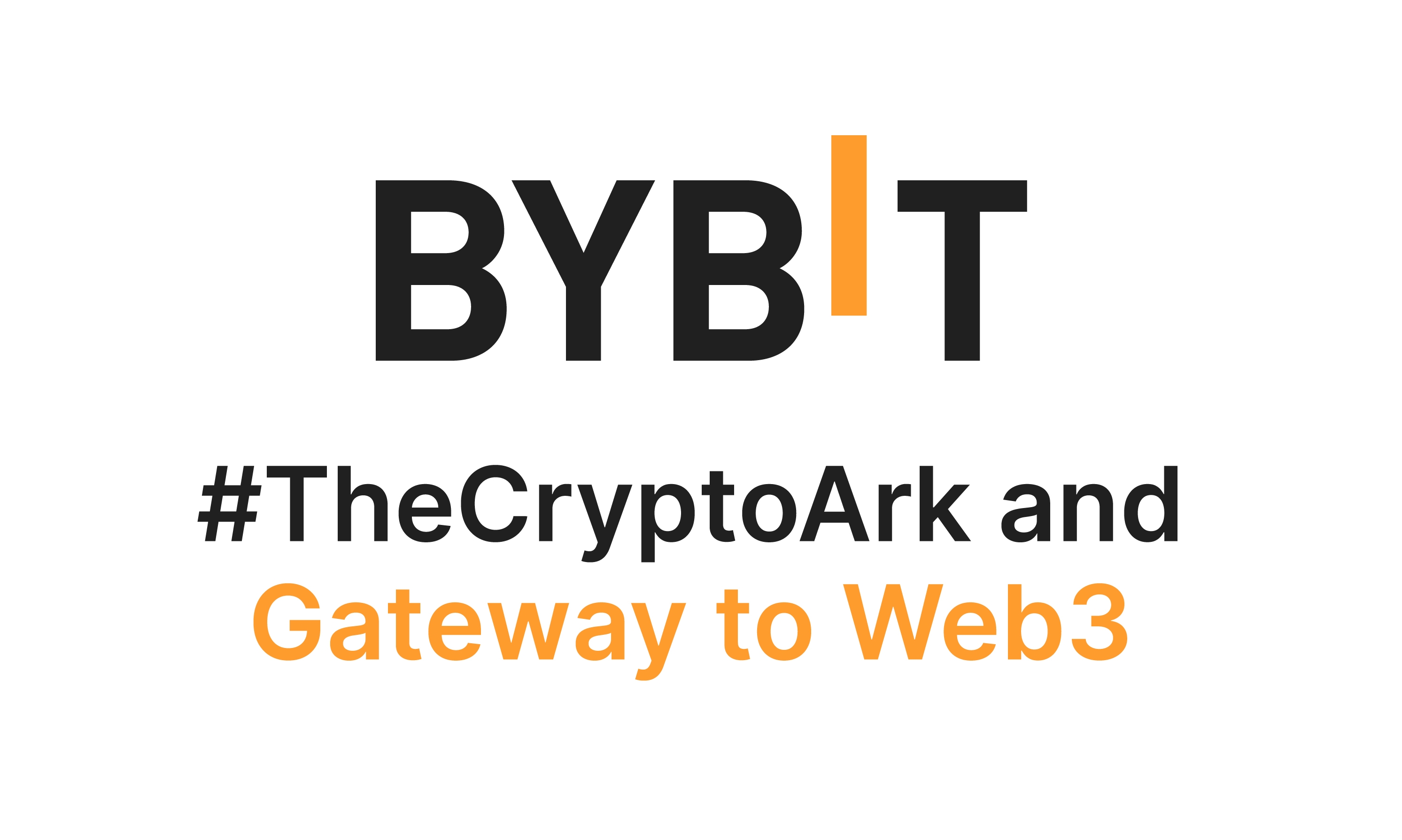Whoa!
Okay, so check this out—I’ve been trading derivatives on centralized exchanges for years. My instinct said early on that the edge isn’t always the strategy; it’s the setup. Initially I thought that bigger positions would beat smarter automation, but then reality hit: execution matters more than ego. On one hand you can paper-trade forever, though actually the moment you put real capital on the line everything changes.
Really?
Yeah, really. Risk management is the boring bit that keeps you in the game. You can hype a trading bot until you’re blue in the face, but without sane leverage rules you’ll lose faster than you can blink. Some things are simple and obvious, yet somethin’ about them still trips people up.
Here’s the thing.
Derivatives amplify both wins and losses in ways that naive traders underestimate. If your margin model is weak, automated entries can compound mistakes, not fix them. On the flip side, when you wire sensible stop logic into a bot and let it guard your downside, you get a steady, boring advantage—exactly what most pros want. I’m biased, but that boring steadiness beats fireworks every time.
Whoa!
Let me walk through three practical layers: the markets and instruments, bots and automation, and staking as an interest-bearing complement. I’ll be blunt about what works and what doesn’t. Somethin’ that bugs me is how many people treat bots like magic. They aren’t magic; they’re precise risk-multipliers that need babysitting.
Hmm…
Derivatives first. Perps and futures give you exposure without custody of the underlying, and options let you design asymmetric payoffs. Traders who use CEX derivatives like to trade leverage, liquidity, and fees as a combined system. Fees matter; funding rates matter; slippage matters—ignore any of those and your “brilliant” edge evaporates. Actually, wait—let me rephrase that: a good edge is fragile unless all market microstructure elements are accounted for.
Seriously?
Yes. On most centralized exchanges you get deep books and fast execution, but that comes with a trade-off: transparency and counterparty risk. You should check each exchange’s insurance fund practices and adversarial history. I always scan for past outages and settlement disputes, because when markets move fast outages are when portfolios get broken. And no, a zero fee promo doesn’t substitute for operational resilience.
Whoa!
Next up: trading bots. Bots execute rules without emotion, which is their value and limitation. A bot will follow the code even when the market shifts regime, and that’s where humans need to step in. You want rules that are conditional and adaptable, not single-threaded. For example, tie volatility filters to position sizing so your bot throttles back in choppy markets instead of doubling down like it’s on autopilot.
Here’s the thing.
I’ve built strategies that combine mean-reversion signals with momentum filters, and they behave very differently across market states. Backtest numbers can be seductive, but they leak when you overfit parameters to a past regime. One of my early mistakes was trusting an over-optimized model; it looked great on paper and then cratered in a sudden liquidity event. So: cross-validate, stress test, and assume your model is wrong until it proves otherwise.
Wow!
Automation ops matter as much as algos. You need alerting, circuit-breakers, and manual-override paths. If your bot is trading with high leverage, implement kill-switches that pause it on drawdown thresholds. Trust me, the overnight panic call is awful; automated safeguards save sleep. Also, do periodic sanity checks—because code and markets both evolve.
Hmm…
Staking sits next to trading, not inside it, and it can change your cost of capital. When you stake or delegate on certain networks you earn yields that can offset trading fees or fund your margin cushion. But yield isn’t free—there’s lock-up risk, slashing risk, and liquidity timing to consider. On a centralized exchange you sometimes get liquid staking derivatives that offer yield while keeping funds tradable, though those solutions introduce counterparty layers.
Here’s the thing.
For traders using a CEX, staking can be a conservative income stream if you manage exposure. I usually ladder funds: keep my active trading bankroll liquid and stake a portion of excess idle capital. This reduces opportunity cost while preserving quick access to margin if needed. I’m not 100% sure every staking product is worth it, but the math typically favors a partial allocation if you accept the trade-offs.
Whoa!
And yes, fees and funding again—staked assets on an exchange might reduce withdrawal speed or impose limits, so read the fine print. That page with the exchange’s terms became my nightly reading for a while—it pays off. If you want a quick primer on a specific platform’s offerings, check a practical write-up like this: https://sites.google.com/cryptowalletuk.com/bybit-crypto-currency-exchang/.

Operational checklist: what I do before I press go
Short list. I run pre-trade firmware checks and sanity scans, and I validate wallet configurations. Then I calibrate leverage and position sizing to my capital and risk appetite. I set dynamic stops tied to ATR or realized volatility, not fixed dollar amounts, so the bot adapts to market noise. Finally, I monitor funding and liquidity windows that could spike costs unusually.
Whoa!
On a tactical level I also keep an emergency playbook. If funding spikes or hangs, I reduce exposure by 30% in stages until conditions normalize. If the exchange shows settlement latency, I stop asymmetric strategies entirely. Those are rules I coded after learning the hard way. You only get that kind of operational muscle through trial and error, and yes, some scars.
Wow!
Human oversight is critical. Automation without human context encourages mistakes. Even the leanest, most automated desk needs a human who reads narratives, connects events, and decides when the math no longer applies. Initially I thought machines could replace that human call, but then I realized regime shifts need judgement. On one hand models capture patterns, though actually market sentiment and policy shocks rewire those patterns overnight.
Here’s the thing.
If you’rе running bots and staking on a CEX, diversify operational risk across accounts and keep withdrawal pathways tested. Use whitelisted addresses, hardware wallets for cold storage, and minimal exchange balances aligned with active trading needs. Also, practice restorations—simulate a recovery after an API key leak or a credential compromise. It’s annoying, sure, but very very important.
FAQ
Should I let a bot manage all my derivatives trading?
No. Bots should manage execution and follow risk rules, but humans must set strategy, oversee regime changes, and intervene during stressed markets. Automation amplifies both strengths and mistakes, so keep humans in the loop and run regular stress tests.
Is staking on a centralized exchange safe?
It can be convenient and yield-bearing, but it’s not the same as on-chain self-custody. You trade some control and potentially face counterparty risk. Review the exchange’s terms, withdrawal policies, and the specific staking mechanism before committing capital.
